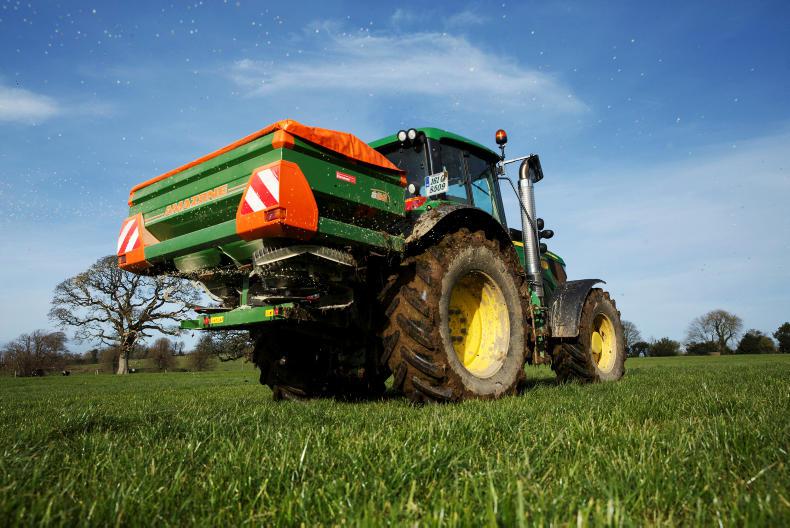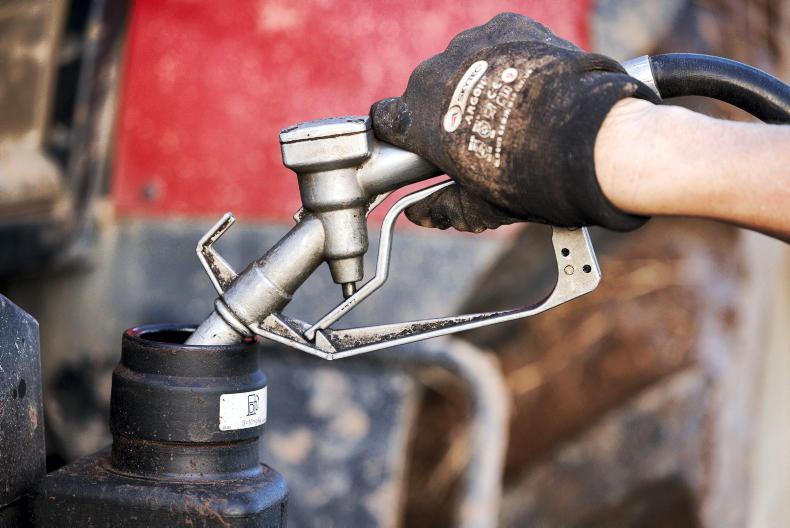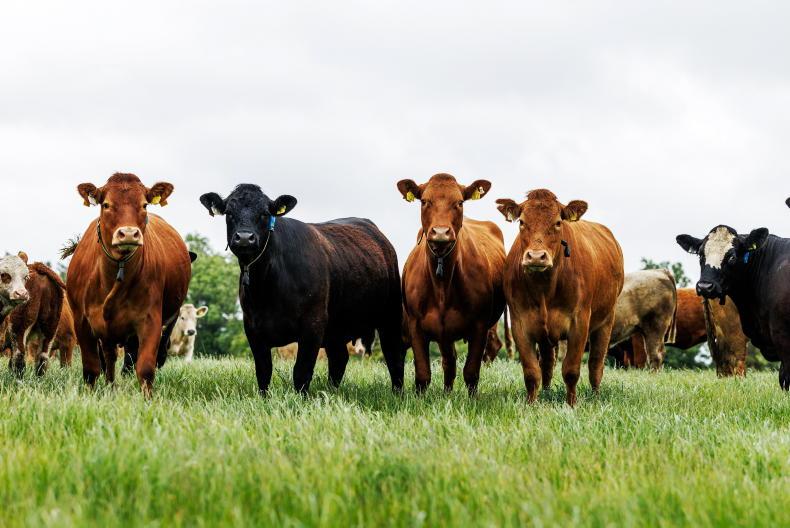Drier weather and mild temperatures have been forecast for the next week.
Hopefully, this will provide a window for slurry and fertiliser applications.
There are plenty of farms around the country, particularly in the north and western regions, that have still to get any form of fertiliser on to grassland yet.
If weather and ground conditions allow, this should be a top priority over the coming week to kickstart grass growth.
Outlined are five tips for spring fertiliser applications.
1. Targeting fields for slurry
If storage tanks are under pressure, most farmers will look to get slurry on to any field that can carry the tanker over the coming week.
This is fine on farms with a realistic turn-out date around late March to early April.
Slurry will be washed into soils by this stage, so an early March application will not delay turning out cattle.
But if turn-out is more typically mid-March, then slurry should be targeted to fields with the lowest grass covers.
These paddocks will not be ready for grazing until the end of the first rotation, giving more time for slurry to be washed off grass and into soils.
Do not spread slurry on paddocks with medium or heavier grass covers. This will delay turn-out date.
Instead, target slurry to these paddocks after covers have been grazed off.
2. Chemical nitrogen
Bagged fertiliser can be targeted to paddocks with medium grass covers in early March. Medium covers are swards around ankle height.
Chemical nitrogen will have a quick uptake by the plant, stimulating growth.
As bagged fertiliser will not soil grass, these paddocks will be ready to graze if target turnout date is around mid-March.
3. Leaving a time gap between slurry and chemical fertiliser
Leave a gap of around five days between spreading bagged fertiliser and slurry on the same paddock. This gap will help to increase nitrogen utilisation.
If bagged fertiliser is applied too soon after slurry, there is an enzyme reaction that increases nitrogen loss.
4. Graze heavy covers before applying fertiliser
If heavy covers of grass have accumulated over winter, these swards should be grazed before any fertiliser is applied.
Check the base of the sward. If the sward base is white or yellowish in colour, the grass is dying back.
Spreading fertiliser will do little to increase growth on such swards.
Once grazed, the base of the sward will be stimulated into growing mode. This is the time to hit it with fertiliser.
5. Be alert for grass tetany
Freshly calved suckler cows are more prone to grass tetany when grazing in early spring, especially after fertiliser has been applied.
Nitrogen will stimulate grass growth and lush, leafy swards increase the risk of tetany.
Potash (K) will also inhibit magnesium uptake in the grass plant. Again, this greatly increases the risk of tetany.
Slurry is very high in potash, so limit applications on grazing ground to around 2,000 gallons/acre and leave around three weeks before grazing with lactating cows.
Make sure cows are well covered for magnesium throughout spring using the various forms of mineral supplementation.
Read more
Beef Management: feeding cows at night pre-calving
10 tips for resuscitating calves
Drier weather and mild temperatures have been forecast for the next week.
Hopefully, this will provide a window for slurry and fertiliser applications.
There are plenty of farms around the country, particularly in the north and western regions, that have still to get any form of fertiliser on to grassland yet.
If weather and ground conditions allow, this should be a top priority over the coming week to kickstart grass growth.
Outlined are five tips for spring fertiliser applications.
1. Targeting fields for slurry
If storage tanks are under pressure, most farmers will look to get slurry on to any field that can carry the tanker over the coming week.
This is fine on farms with a realistic turn-out date around late March to early April.
Slurry will be washed into soils by this stage, so an early March application will not delay turning out cattle.
But if turn-out is more typically mid-March, then slurry should be targeted to fields with the lowest grass covers.
These paddocks will not be ready for grazing until the end of the first rotation, giving more time for slurry to be washed off grass and into soils.
Do not spread slurry on paddocks with medium or heavier grass covers. This will delay turn-out date.
Instead, target slurry to these paddocks after covers have been grazed off.
2. Chemical nitrogen
Bagged fertiliser can be targeted to paddocks with medium grass covers in early March. Medium covers are swards around ankle height.
Chemical nitrogen will have a quick uptake by the plant, stimulating growth.
As bagged fertiliser will not soil grass, these paddocks will be ready to graze if target turnout date is around mid-March.
3. Leaving a time gap between slurry and chemical fertiliser
Leave a gap of around five days between spreading bagged fertiliser and slurry on the same paddock. This gap will help to increase nitrogen utilisation.
If bagged fertiliser is applied too soon after slurry, there is an enzyme reaction that increases nitrogen loss.
4. Graze heavy covers before applying fertiliser
If heavy covers of grass have accumulated over winter, these swards should be grazed before any fertiliser is applied.
Check the base of the sward. If the sward base is white or yellowish in colour, the grass is dying back.
Spreading fertiliser will do little to increase growth on such swards.
Once grazed, the base of the sward will be stimulated into growing mode. This is the time to hit it with fertiliser.
5. Be alert for grass tetany
Freshly calved suckler cows are more prone to grass tetany when grazing in early spring, especially after fertiliser has been applied.
Nitrogen will stimulate grass growth and lush, leafy swards increase the risk of tetany.
Potash (K) will also inhibit magnesium uptake in the grass plant. Again, this greatly increases the risk of tetany.
Slurry is very high in potash, so limit applications on grazing ground to around 2,000 gallons/acre and leave around three weeks before grazing with lactating cows.
Make sure cows are well covered for magnesium throughout spring using the various forms of mineral supplementation.
Read more
Beef Management: feeding cows at night pre-calving
10 tips for resuscitating calves










SHARING OPTIONS